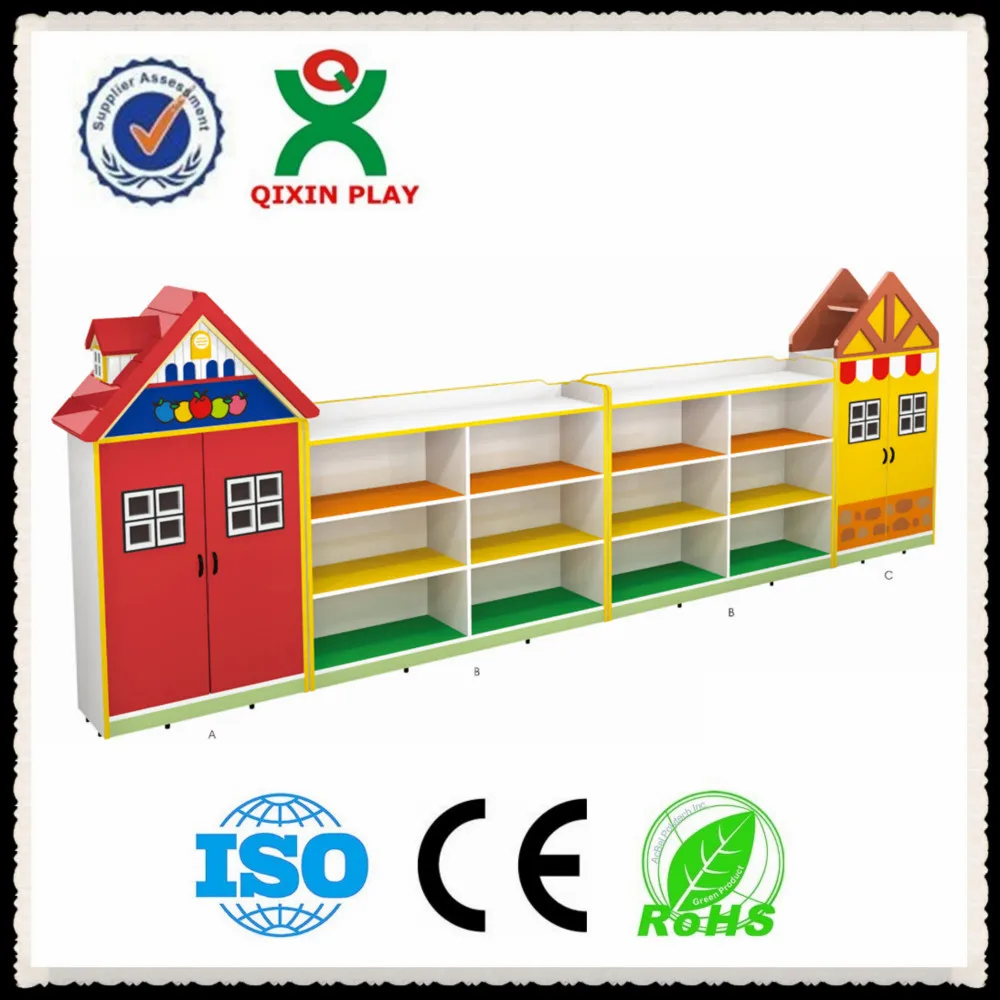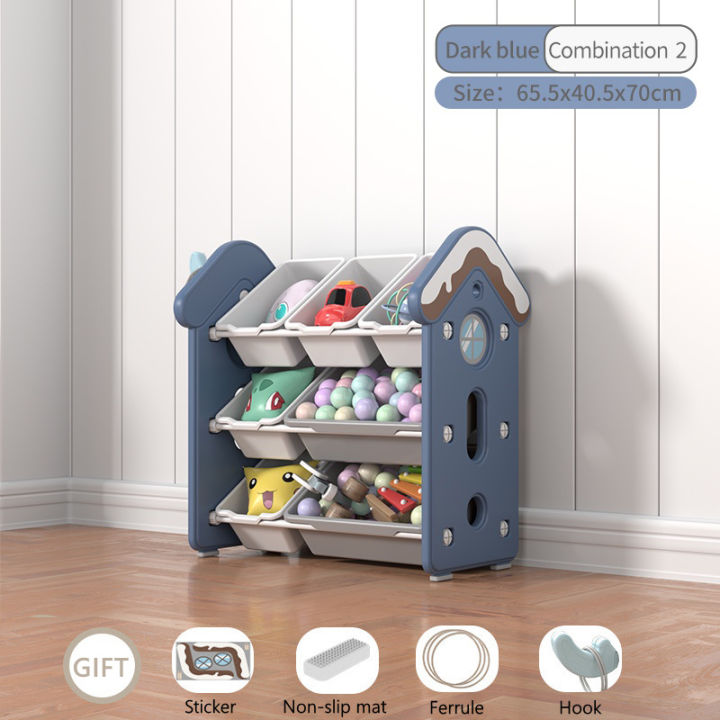Toy Cabinet with Doors

A toy cabinet with doors is an essential piece of furniture for any home with children. It provides a designated space for storing toys, keeping them organized and out of sight when not in use. This not only creates a more visually appealing environment but also promotes a sense of order and discipline in children. Toy cabinets with doors come in a variety of styles, materials, and sizes, offering a range of options to suit different needs and preferences.
Types of Toy Cabinets with Doors
Toy cabinets with doors can be broadly categorized into three main types: freestanding, built-in, and wall-mounted. Each type offers distinct advantages and disadvantages depending on the available space, budget, and desired aesthetic.
- Freestanding Toy Cabinets: These are the most common type of toy cabinets and offer the greatest flexibility in terms of placement. They are typically made of wood, metal, or plastic and can be moved around the room as needed. Freestanding cabinets are available in various sizes and designs, allowing you to choose the one that best fits your space and storage needs.
- Built-in Toy Cabinets: Built-in toy cabinets are custom-made to fit a specific space, often integrated into a wall or alcove. They offer a seamless and integrated look, maximizing storage space while blending seamlessly with the surrounding décor. However, built-in cabinets are more expensive and require professional installation.
- Wall-Mounted Toy Cabinets: Wall-mounted toy cabinets are ideal for small spaces, as they don’t take up any floor space. They are typically made of lightweight materials like wood or plastic and are easy to install. Wall-mounted cabinets are often smaller than freestanding or built-in cabinets, but they provide a convenient and space-saving storage solution.
Features to Consider, Toy cabinet with doors
When choosing a toy cabinet with doors, several key features should be considered to ensure it meets your specific needs and preferences.
- Material: The material of the toy cabinet will determine its durability, aesthetics, and price. Wood cabinets are durable and elegant but can be expensive. Metal cabinets are sturdy and affordable, while plastic cabinets are lightweight and easy to clean.
- Size: The size of the toy cabinet should be appropriate for the amount of toys you need to store. Consider the available space in your room and the age of your children.
- Storage Capacity: The storage capacity of the toy cabinet should be sufficient to accommodate all your children’s toys. Look for cabinets with adjustable shelves or drawers to maximize storage space.
- Design: The design of the toy cabinet should complement your existing décor and be visually appealing to your children. Consider the color, style, and overall aesthetic of the cabinet.
Advantages and Disadvantages of Different Types
| Type | Advantages | Disadvantages |
|---|---|---|
| Freestanding | Flexible placement, wide variety of sizes and designs, affordable options available. | Can take up valuable floor space, may not be as sturdy as built-in cabinets. |
| Built-in | Seamless and integrated look, maximizes storage space, can be customized to fit any space. | Expensive, requires professional installation, limited flexibility in terms of placement. |
| Wall-Mounted | Space-saving, easy to install, lightweight and affordable. | Limited storage capacity, may not be suitable for heavy toys. |
Benefits of Using a Toy Cabinet with Doors

A toy cabinet with doors is an essential addition to any playroom or child’s bedroom, offering numerous benefits that go beyond simply storing toys. It’s a key to creating a well-organized, safe, and visually appealing space for children to play and learn.
Organization and Decluttering
A toy cabinet with doors provides a dedicated space for storing toys, helping to organize and declutter a playroom or child’s bedroom. The doors keep toys neatly contained, preventing them from scattering across the floor and creating a chaotic environment. This organization makes it easier for children to find their favorite toys, promoting independence and self-sufficiency.
Choosing the Right Toy Cabinet with Doors

Selecting the perfect toy cabinet with doors involves a thoughtful consideration of your child’s needs, available space, and budget. This process should be approached with a mindful awareness of your child’s developmental stage and the overall harmony you seek to create in your home.
Factors to Consider When Choosing a Toy Cabinet with Doors
The choice of a toy cabinet with doors is an important decision that affects the organization and accessibility of your child’s toys, fostering a sense of order and encouraging their independent play. Several key factors should guide your selection, ensuring a harmonious balance between practicality and aesthetic appeal.
- Age of the Child: The age of your child is a primary consideration. For younger children, opt for cabinets with lower shelves and doors that are easy to open and close. As they grow older, consider cabinets with adjustable shelves to accommodate larger toys and games.
- Available Space: Carefully measure the space where you intend to place the toy cabinet. Consider the dimensions of the cabinet, including its height, width, and depth, ensuring it fits comfortably without obstructing pathways or creating a sense of clutter.
- Budget: Toy cabinets with doors come in a wide range of prices. Determine a budget that aligns with your financial constraints while considering the quality and durability of the cabinet. Investing in a sturdy and well-made cabinet can provide long-term value.
- Material: Toy cabinets are often made from wood, metal, or plastic. Consider the durability, ease of cleaning, and aesthetic appeal of each material. Wood cabinets tend to be more durable and can be stained or painted to match your décor. Metal cabinets are often more affordable and easier to clean. Plastic cabinets are lightweight and affordable, but may not be as durable as wood or metal.
- Style: Choose a style that complements your home’s décor. Consider the color, design, and overall aesthetic of the cabinet, ensuring it harmonizes with the surrounding environment.
- Features: Some toy cabinets offer additional features such as drawers, shelves, or compartments. These features can help you organize toys more effectively and maximize storage space.
Comparing Different Brands and Models
A comprehensive comparison of various brands and models of toy cabinets with doors can help you identify the best fit for your needs. This process should be approached with a mindful awareness of the specific features and benefits each model offers.
| Brand | Model | Key Features | Pros | Cons |
|---|---|---|---|---|
| Ikea | Kallax Shelving Unit | Adjustable shelves, multiple colors, affordable | Versatile, affordable, easy to assemble | May not be as sturdy as some other brands |
| Target | Delta Children Toy Storage Cabinet | Doors with safety hinges, spacious compartments, multiple colors | Durable, child-safe, affordable | May be bulky for smaller spaces |
| AmazonBasics | Toy Storage Cabinet with Doors | Large capacity, multiple shelves, easy to assemble | Affordable, easy to assemble, spacious | May not be as stylish as some other brands |
| Melissa & Doug | Wooden Toy Storage Cabinet | Durable wood construction, charming design, multiple compartments | High quality, durable, aesthetically pleasing | More expensive than some other brands |
Tips for Organizing Toys and Maximizing Storage Space
Effective organization within a toy cabinet with doors is crucial for maintaining order and maximizing storage space. These tips can help you create a system that promotes both functionality and aesthetic appeal.
- Categorize Toys: Sort toys by category, such as building blocks, dolls, cars, and art supplies. This makes it easier for your child to find what they are looking for and encourages them to put toys back in their designated spots.
- Use Bins and Baskets: Bins and baskets can be used to further organize toys within the cabinet. Label bins and baskets clearly so your child can easily identify the contents.
- Utilize Vertical Space: Maximize vertical space by using shelves and stacking bins and baskets. This can help you store more toys in a smaller footprint.
- Rotate Toys: Rotate toys regularly to keep things fresh and exciting. Store toys that are not being played with frequently in a separate location.
- Involve Your Child: Encourage your child to participate in the organization process. This can help them learn about sorting, labeling, and putting things away.
A toy cabinet with doors is a practical and charming addition to any playroom, offering a dedicated space for all those beloved toys. To give your cabinet a lasting finish and protect it from the inevitable wear and tear of playtime, you might consider varnishing it.
For a professional look, check out this guide on how to varnish wood cabinets , and your toy cabinet will be ready for years of imaginative play.
You know, a toy cabinet with doors is all about keeping things organized and safe for little hands. But just like you need a secure place for toys, you also need a reliable system for emergency equipment. That’s where a philips heartstart defibrillator wall cabinet comes in.
It provides the same level of accessibility and security for a life-saving device, ensuring it’s readily available when needed. Just like a well-organized toy cabinet, it’s all about being prepared for whatever life throws your way.
